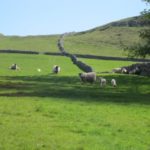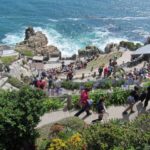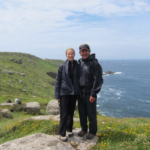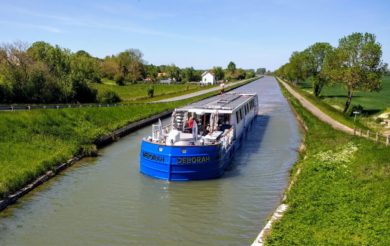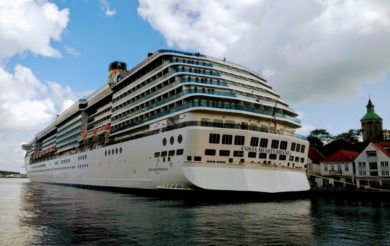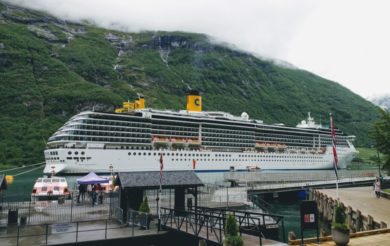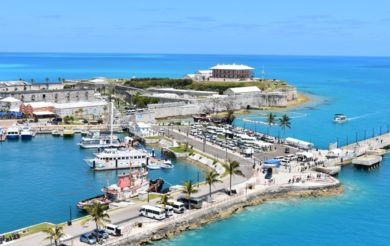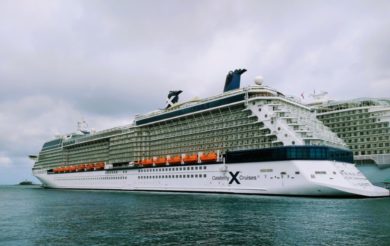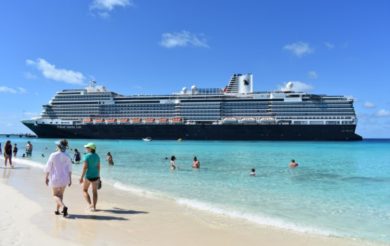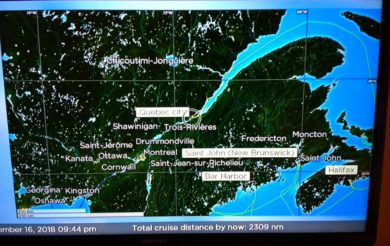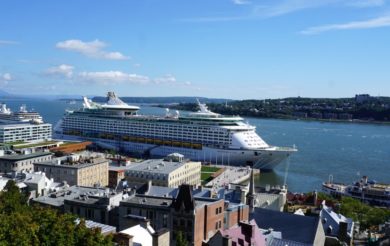Notes from Cornwall – National Trails and National Trust
Notes from Cornwall – National Trails and National Trust
By Ethel DeMarr
WAVEJourney contributor, Ethel DeMarr and her husband, Terry, share a few notes from their 2012 summer-time spent in England.
In addition to Cornish pasties, scones, clotted cream, sticky toffee pudding, great ales, scotch, an amazingly sane election system, there are two other things that make me love Great Britain: long distance hiking trails (National Trails) and the National Trust.
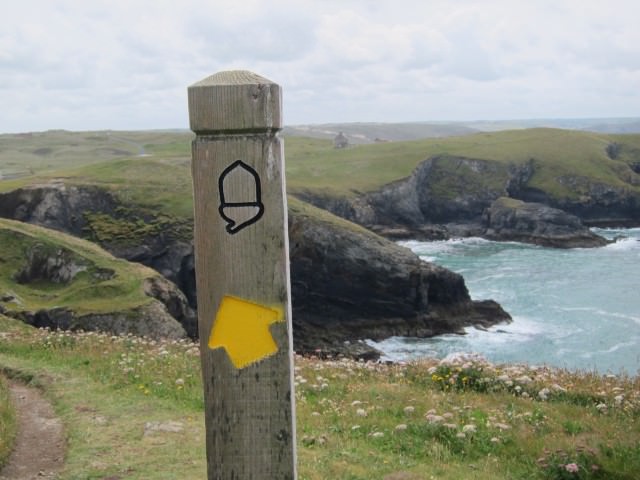
Hiking in Cornwall – National Trails
National Trails:
There are over 3,000 miles of National Trails in England, Scotland and Wales. These trails travel through some of the most beautiful parts of the country. They are well sign posted (the acorn is the symbol) and cared for largely by volunteers. One can walk for days, even weeks in some cases. Most often one can walk from village to village, inn to inn, eliminating the need to camp. One can also walk to a far point, and take a bus back to your car park (Have lot’s of change to pay for parking even at the most remote point). In other words, civilized! You can end your day with a warm shower or bath, a relaxing adult beverage and a comfy bed! To make the journey even better, there are numerous companies that will haul your luggage to the next inn so you tote only a day pack, water and lunch.
The longest National Trail is in Cornwall. The Southwest Coastal Path follows the coastline of the southwestern peninsula of England for 630 miles, through Somerset, Devon, Cornwall and Dorset. This path passes right by our apartment above the harbor in Newquay. We can walk either east or west along the coast for days or just hours. Regular bus service makes it possible to walk one way all day and then take the bus back.
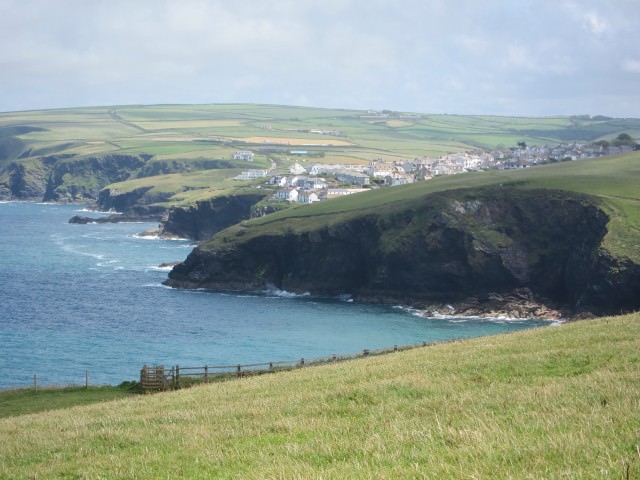
Southwest Coastal Path in Cornwall, England
Over the past month, we have hiked various segments of this trail (estimate 35 -40 miles so far) and have enjoyed the dramatic Cornwall coast.
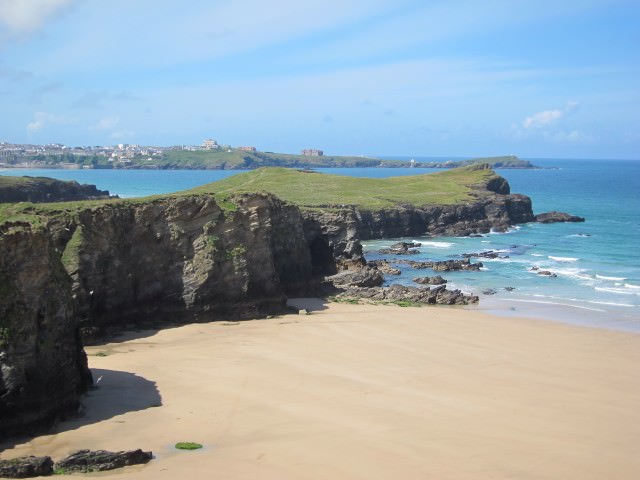
Cornish Coast
At times it is reminiscent of the Oregon coast without all the trees.
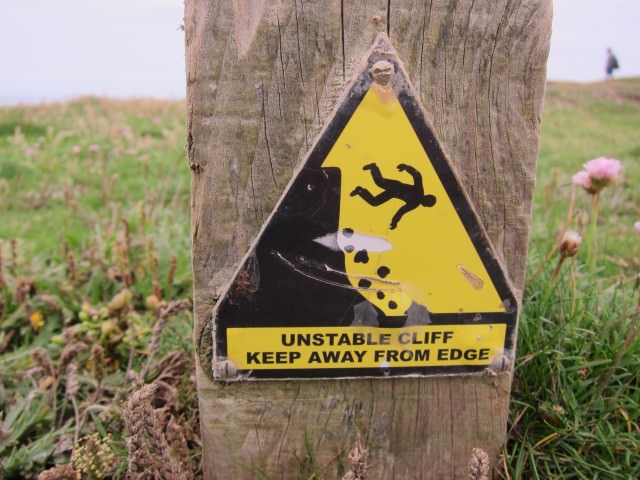
Unstable Cliff!
At other times,you can imagine the pirates and the smugglers hiding in the jagged coves, luring unsuspecting ships to their ruin on the rocks. Beach side villages greet you along the way, offering cream teas, ales, pasties, crab sandwiches,and ice cream.
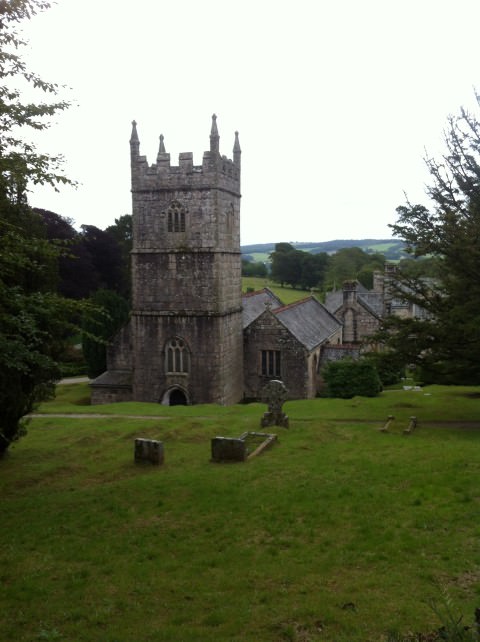
National Trust
National Trust:
The National Trust is one of the largest land owners in Great Britain, dedicated to protecting and preserving special places. Imagine The Nature Conservancy but add historical buildings to their mission. Of the Southwest Coastal Path’s 630 miles, 290 miles pass through National Trust property. These properties may have incredible natural beauty. They may be threatened habitat for vanishing species of plants or animals. And they are often gardens, historical sites, castles, manor houses, ancient ruins or even old post offices or entire villages. Families leave entire homes, including generations of furnishings and art to the Trust.
We have visited many of these places and will visit many more. Two highlights were Buckland Abbey, home of Sir Francis Drake, and Lanhydrock House.
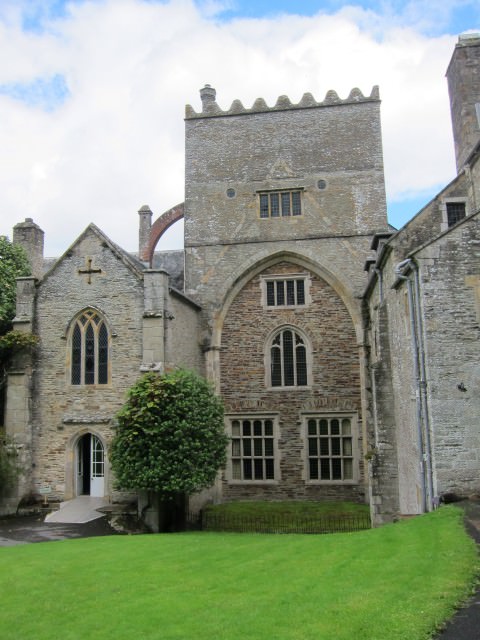
National Trust Property
Lanhydrock House dated back to the 1500’s and had been inhabited by the same family since the 1660’s. When the last heir died, without children, he left the entire house and property to the Trust, complete with all the furnishings and art. Hence, the house was a museum. Think Downton Abbey, and that is what you get, complete with the servants’ quarters. You could feel what it must have been like to live there.
Buckland Abbey had been a 12th century monastery. When Henry VIII, abolished all the monasteries, this property was converted into a private home. Sir Francis Drake purchased it in 1580, shortly after his first voyage around the world and and after he impressed Queen Elizabeth with large quantities of Spanish gold! The house offers lots of information about Drake and some of his possessions. His war drum is significant to the British. It was the drum on his warship when he defeated the Spanish Aramda in 1588. Legend has it that when England is in trouble you can hear the drum and know that Sir Francis will save the day. During WWII, British soldiers reported hearing the drum on occasion.
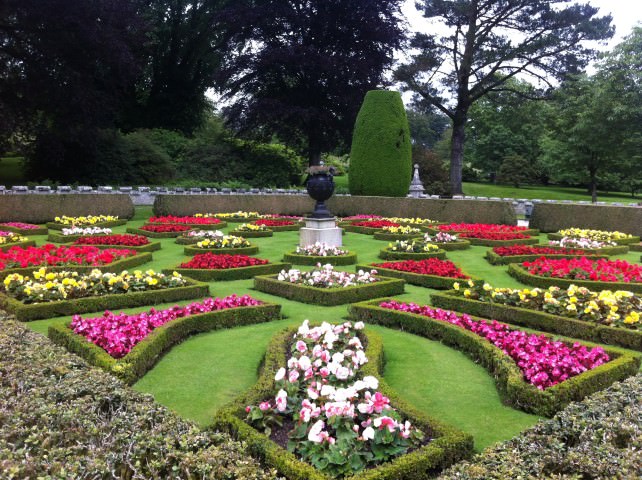
National Trust Garden
The National Trust was founded in 1895 by Octavia Hill, a social reformer who wanted to preserve an historic garden. Today the properties are most often managed by local citizens, some tenant farmers who earn their living caring for the lands, gardens and buildings. Sustainable methods are employed and crops are used for local consumption. We are totally impressed by all the National Trust does and we believe it to be a great national treasure of Great Britian.
Odds and Ends:
The international SOS signal is called May Day because incomes from the French, “m’aidez” meaning “help me”.
Dr. William Penny Brooke’s is really the founder of the modern Olympics. Look that up!
And finally, KEEP CALM AND CARRY ON! (cannot get more British than that!)
If You Go:
View More of Ethel and Terry DeMarr’s Travels:
– Notes from Cornwall – Food and Random Thoughts.
– Africa.

